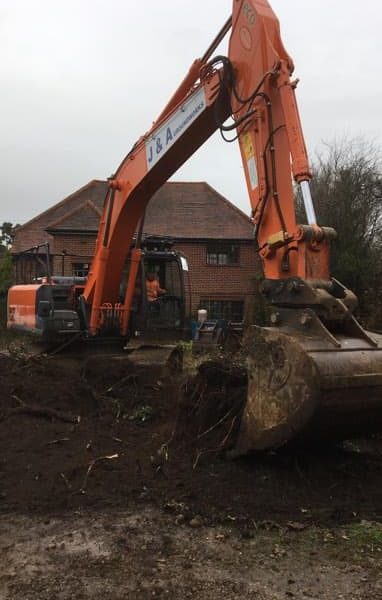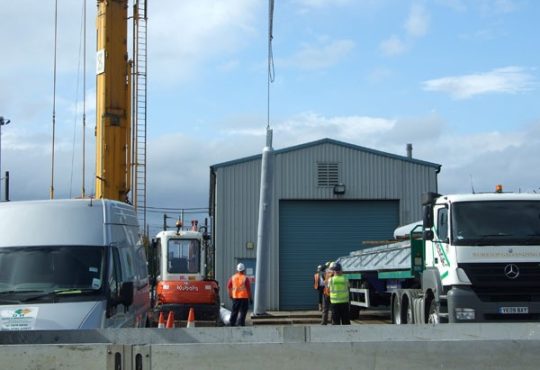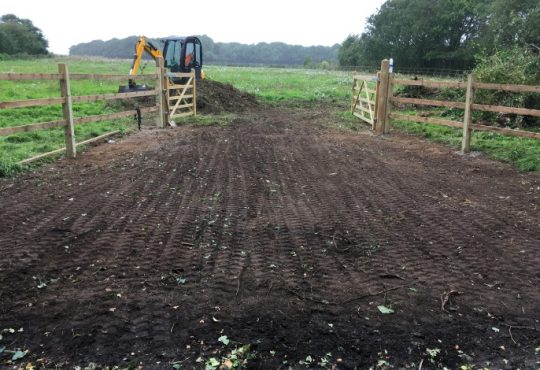
How a Construction Retention Payment Affects Ongoing Projects Articles
If you are living in your house during the project, it is important to know how long you will be dealing with dust, noise and strange people walking around before you have even had your morning coffee. With your CRM properly set up, you’re ready to start using it to track your deals, manage your clients and projects and analyze your metrics for better results. You’ll also want to consider whether you need a construction CRM, specifically designed for construction companies. While these are tailored to the unique requirements of the construction industry, they may also lack simplicity, ease of use and powerful integration opportunities (more on this later). Not all contractors have an administrative assistant to answer calls, track leads, log projects, and dispatch contractors.
Read more about civils contractors here.
Bid Coach: How to Draft Effective Invitations to Bid
Consider value engineering when looking at design, materials and work methods. Especially when you’re getting charged by the hour to meet with your house designer. Since implied warranties exist whether or not they are in the contract, it can be difficult to disclaim or nullify them. However, some states allow this by adding specific language stating that an implied warranty is not being offered.
As you search for the right contractor, be sure to research a company’s availability. A good contractor will let you know when they can start your project and how long it will take them to complete it. Before you pick a contractor, be sure to have a written, detailed proposal from them.
Make it easier to manage construction.
You’ll now finally have a way you and your team can capture, organize and track prospective clients in one place. No more guessing which construction project is closest to closing either. From your construction software solution, you’ll see where all deals stand at a glance so you can focus on projects that’ll drive higher revenue. A proposal for construction is a formal document submitted by a construction company or contractor to a client or project owner. Its purpose is to outline the details of a construction project, including the scope of work, cost estimates, timeline, materials, and other relevant information.
Additionally, it’s important to have regular check-ins throughout the process so that any issues can be addressed promptly before they become bigger problems down the line. Some folks work in a small family company; others act as general managers and have dozens of employees who run the day-to-day operations.






